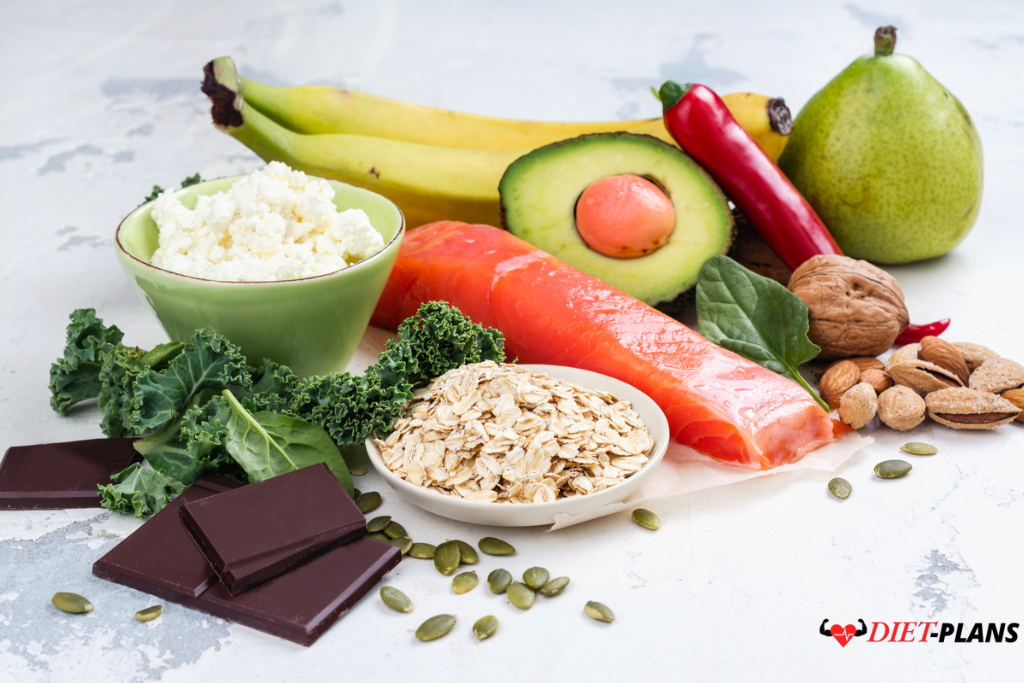Daytime energy slumps might indicate a variety of factors, such as the need for a mental vacation or the aftermath of a difficult sleep. Regretfully, the meals you eat—or don’t—may also have an impact on these slumps.
According to Katie Janeczek, RDN, skipping meals or snacks because you’re too busy or don’t have time to prepare a meal might be a major cause of your daytime fatigue. Your body requires protein and fiber to satiate your appetite, as well as glucose from carbs to create energy. Your energy levels may decrease if you are very hungry. According to Maya Feller, RD, dietitians thus recommend eating when your body signals that you are hungry. Try to avoid going without food for longer than five hours. Additionally, when it’s time to eat, watch out for meals that may drain your energy and make your day more difficult than it has to be.
Why Do Certain Foods Make You Feel Exhausted?
According to Feller and Janeczek, foods that cause your blood sugar levels to rise rapidly also enable them to drop sharply in a short period. You’ll probably experience a brief spike in energy before collapsing 30 to 60 minutes later and feeling exhausted once more.
According to Janeczek, ultra-processed foods and beverages are well known for this. Generally speaking, they are poor in protein, fiber, vitamins, and minerals and heavy in sugar and processed carbs. According to Feller, refined carbs, such as those found in baked goods and crackers, may taste delicious right away, but they don’t keep you full for very long. Enjoying a sweet treat is OK, but it’s better to watch when you consume it to avoid depleting your energy levels when you need them most.
Continue reading to find out if the meals you’re eating are the source of your recent increased fatigue.
Six Foods That Deplete Your Energy
1. Sweet Drinks
Energy drinks, lemonade, sodas, sweet teas, and sugar-sweetened water are all high in sugar and can sap your vitality. About 10 teaspoons of sugar are included in a can of soda, whereas 9 to 12 teaspoons are found in a can of Red Bull.
2. Fruit Juices
The ultra-processed nature of juices means that little to no fiber remains, leaving just the free-floating sugars, even if the label frequently claims there are no added sugars. Each eight-ounce cup of juice contains five to nine tablespoons of sugar.
3. Recipes Using White Flour
White flour is a refined carbohydrate that is used to make pizza, crackers, biscuits, and white bread. They are tasty, but they don’t provide the consistent energy you might be looking for.
4. Crisps & Chips
Chips and crisps are refined, highly processed carbohydrates. Furthermore, they could include trans fat, hydrogenated oils, or saturated fat, all of which might raise your blood cholesterol.
5. Candy and Chocolate
These sugary treats are classified as ultra-processed foods. If you want to avoid a blood sugar surge, these aren’t the greatest foods to seek. But don’t let that stop you from occasionally indulging in a sweet treat!
6. Baked Goods
White flour is used to make cakes, cookies, donuts, and pastries, which are often sweetened with a significant quantity of sugar. Remember that this does not imply that you have to abstain from all of these foods. To avoid having a significant impact on your energy levels, timing these pleasures and balancing them with wholesome meals.
Which Foods Give You Energy?
Choose foods that will satisfy your appetite, stabilize your blood sugar, and provide you with more energy. When constructing your breakfast and lunch, ensure that they are heavy in fiber, protein, and carbs. The best option would be a complex carbohydrate, such as quinoa, brown rice, or whole-grain bread. However, white rice is also OK as long as it is served with a protein source and veggies high in fiber. According to experts, consuming refined carbohydrates together with fiber and protein can help avoid a sudden surge in blood sugar levels.
According to Feller, while selecting snacks, take into account how well they will satiate your appetite and restore your energy. “There’s nothing wrong with having a cookie during snack time,” she explains. “But it’s not providing your body with the influx of nutrients it requires—it’s not reducing hunger in between meals.” According to Feller, the most fulfilling snacks would be made using the same guidelines as your breakfast and lunch; they would be high in fiber, protein, and complex carbs. Consider half a sandwich, roasted chickpeas with a side of fresh fruit, dates with almond butter, or vegetables with hummus or Greek yogurt dip.
But let’s say your friend gives you some freshly made brownies or there’s a pizza party at work. Janeczek advises eating a high-fiber or high-protein meal before the pizza or sweet treat if you’re worried about your energy levels dropping over the day. It may be a bean salad, an egg, or a handful of unsweetened almonds.

